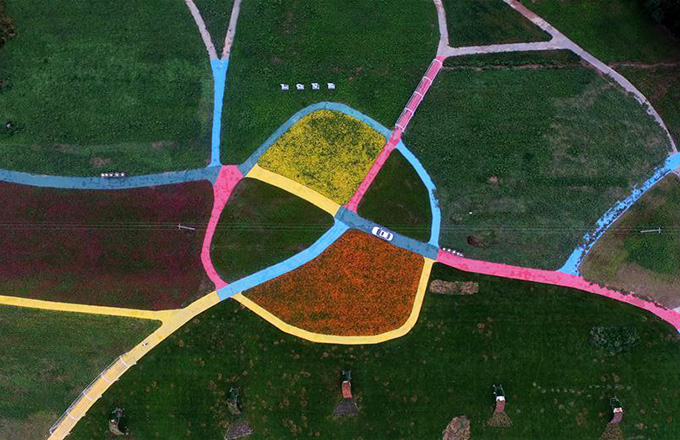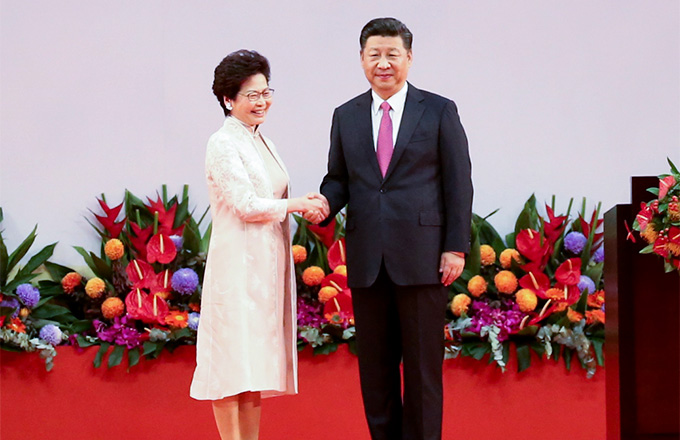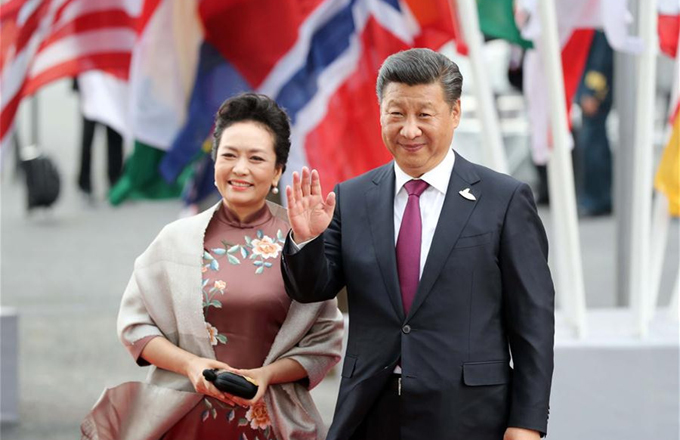70 years of rapid social, economic growth celebrated

Inner Mongolia, a multi-ethnic autonomous region located in North China, is welcoming the 70th anniversary of its establishment in 2017.
After an Inner Mongolia people's congress held in Wangyemiao - today's Ulanhot - in 1947, delegates agreed and decided to establish an autonomous region, which became the first autonomous region in China.
Spanning approximately 2,400 kilometers from east to west, Inner Mongolia is the third-largest provincial-level administrative region in China. It borders Russia and Mongolia, as well as the Ningxia Hui autonomous region and secven provinces - Heilongjiang, Jilin, Liaoning, Hebei, Shanxi, Shaanxi and Gansu.
The main part of Inner Mongolia is made up of a plateau and the region's famous grasslands, where 55 ethnic groups live and have generated diverse branches of culture.
The autonomous region recorded a permanent population of 25.11 million in 2015. The population of the Mongolian ethnic group there reached 4.58 million, accounting for 18 percent of the whole region's total population.
Inner Mongolia has a long history and is one of the cradles of Chinese civilization. During the long convergence process of the grassland civilization and farming civilization, it formed well-known cultures such as Hongshan Culture and Dayao Culture - both prehistoric civilizations.
The vast grassland with undulating stretches also bred a unique grassland culture, where the native people live in yurt - a domed shelter - and treat their respected guests with lamb roast.
The economy in the region witnessed a giant rise in the past 70 years. The gross domestic product of Inner Mongolia in 2016 was 1.86 trillion yuan ($274.5 billion), 642 times as the GDP in 1947.
The gross profit of the service industry there increased from 87 million yuan in 1947 to 792.5 billion yuan in 2016, an increase of 1,855 times.
In 2016, per capita GDP in the region reached 74,069 yuan, ranking sixth among all the provincial-level regions in China after Tianjin, Beijing, Shanghai, Jiangsu and Zhejiang.
liyou@chinadaily.com.cn




















